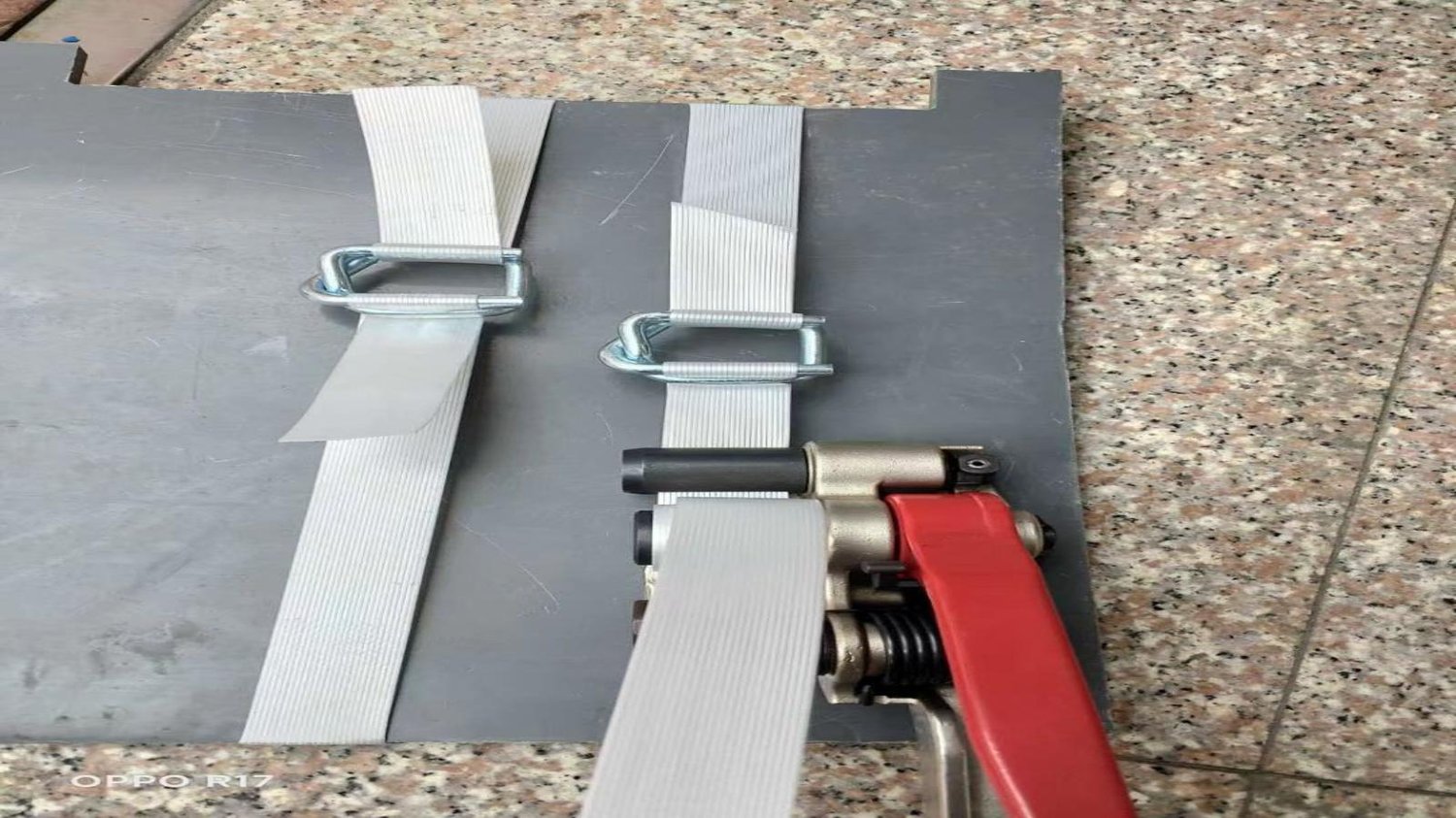The Importance of Choosing the Right Strapping Material
When it comes to securing and stabilizing items for storage or transportation, choosing the right strapping material is crucial. The market offers a wide range of options, each with its own advantages and disadvantages. In this article, we will explore the various types of strapping materials available, highlighting their benefits and drawbacks. By understanding the characteristics of different strapping materials, you can make an informed decision and ensure the safety of your goods.
1. Steel Strapping: Strength and Durability
Steel strapping is widely recognized for its exceptional strength and durability. This type of strapping material is ideal for heavy-duty applications and can withstand extreme tension and pressure. Steel strapping offers excellent resistance to impact and can effectively secure large and heavy loads. However, one major drawback of steel strapping is its susceptibility to corrosion, especially in humid or corrosive environments. Additionally, steel strapping can be quite expensive compared to other options.
2. Polyester (PET) Strapping: Versatile and Cost-Effective
Polyester strapping, also known as PET strapping, is a popular choice due to its versatility and cost-effectiveness. It is commonly used for medium to heavy-duty applications and offers a high level of retained tension. Polyester strapping is resistant to UV radiation, making it suitable for outdoor use. It is also less likely to damage or dent the packaged goods compared to steel strapping. However, polyester strapping has a lower breaking strength than steel strapping, making it less suitable for extremely heavy loads.
3. Polypropylene (PP) Strapping: Lightweight and Economical
Polypropylene strapping, or PP strapping, is a lightweight and economical option. It is commonly used for light to medium-duty applications and is particularly suitable for securing cartons, bundles, and packages. PP strapping is resistant to moisture, water, and chemicals, making it suitable for various environments. However, it has a lower tensile strength compared to steel and polyester strapping, making it less suitable for heavy loads or items with sharp edges.
4. Nylon Strapping: High Strength and Shock Absorption
Nylon strapping is known for its exceptional strength and shock absorption properties. It is commonly used for applications that require a high level of impact resistance, such as securing goods during transit or in warehouses. Nylon strapping has excellent elastic recovery, allowing it to absorb shocks and vibrations without breaking. However, nylon strapping is more expensive than other options and may not be suitable for all applications.
5. Composite Strapping: A Combination of Strength and Flexibility
Composite strapping is a combination of polyester and polypropylene materials, offering a balance between strength and flexibility. It is commonly used for medium to heavy-duty applications where both high tensile strength and shock absorption are required. Composite strapping is resistant to UV radiation, water, and chemicals, making it suitable for various environments. However, composite strapping may not be as strong as steel strapping and may not be suitable for extremely heavy loads.
6. Advantages and Disadvantages of Strapping Materials: A Summary
Choosing the right strapping material depends on various factors such as the weight and nature of the goods, the transportation method, and the environmental conditions. To summarize, here are the advantages and disadvantages of the different strapping materials discussed:
- Steel Strapping: Advantages - exceptional strength, durability; Disadvantages - susceptible to corrosion, expensive.
- Polyester (PET) Strapping: Advantages - versatile, cost-effective, UV resistant; Disadvantages - lower breaking strength than steel strapping.
- Polypropylene (PP) Strapping: Advantages - lightweight, economical, resistant to moisture and chemicals; Disadvantages - lower tensile strength than steel and polyester strapping.
- Nylon Strapping: Advantages - high strength, shock absorption; Disadvantages - more expensive.
- Composite Strapping: Advantages - balance between strength and flexibility, resistant to UV radiation, water, and chemicals; Disadvantages - not as strong as steel strapping.
Conclusion
Choosing the right strapping material is essential for the safe and secure transportation or storage of goods. Each type of strapping material offers its own set of advantages and disadvantages, and it's crucial to consider your specific requirements before making a decision. By understanding the characteristics of different strapping materials, you can make an informed choice and ensure the protection of your valuable items.

